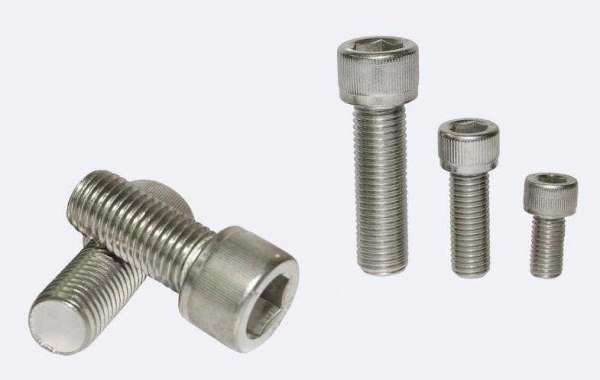Things to consider before selecting an Aftermarket Distributor Ignition Coils: Choosing the right aftermarket ignition coil can help you achieve better acceleration and superior racing performance. In order to understand how to choose the right coils let us take a deeper look into the basics of Ignition system and ignition coils.
Ignition Coil Basics
The basics of the Ignition system hasn’t changed much over the last few decades. The ignition system consists of an auto ignition coil, distributor, distributor cap, rotor, plug wires and spark plug wires.
The Ignition system relies on ignition coil to create enough spark energy to ignite fuel mixture. The ignition coil creates the spark, and the distributor distributes the sparks to the individual spark plugs at exactly the right time. Normally the spark plugs fire the air/fuel mixture with anywhere from 15,000 to 30,000 volts. But the car battery is only 12 volts. So how does the ignition system deliver such high voltages?
That’s where the Ignition coil plays its part. The coil relies on electromagnetic induction to deliver high voltages. An ignition coil has two coils of wire called primary and secondary coils, with loops of wire that form each coil called "turns". The primary coil, usually with a few hundred turns, surrounds the secondary with thousands of turns. When current flows through the primary coil, it creates a magnetic field, and when the flow of primary current stops the magnetic field collapses. More turns on the secondary coil than on the primary coil, will produce a voltage step-up through Induction. Also, when a high current circuit is broken, a momentary voltage spike occurs in the primary coil. The voltage step-up induced in the ignition coil is generally proportional to the Turns Ratio. If there are 100 secondary turns for every one primary turn, then the Turns Ratio will be 100:1. But, increasing the Turns Ratio beyond a certain range will be counterproductive as more voltage means lesser current flows through the secondary coil. For many coils in the market the turns ratio is around 100:1.
Apart from the Turns Ratio, the resistance in the primary coil also affects the ignition coil performance. Lesser resistance in the primary windings of the coil allows more current to flow, thereby creating a stronger magnetic field. The primary wires are thinner and needs only thin insulation. The secondary wires are thicker than the primary wires and have more insulation to withstand the higher voltages.
Dwell Time
In an Ignition coil it takes some amount of time for magnetic flux to develop to the full potential current and voltage and discharge the stored energy as spark. The Induced voltage doesn’t develop instantaneously. The time required for an Ignition coil to charge up to its full potential is called “dwell’. Dwell is typically expressed in terms of degrees of distributor rotation. For example, in a common V8 engine the dwell is usually 30 degrees (or 30 degrees of distributor rotation).
Dwell vs. Engine Speed
The higher the engine speed, the less time is available for the coil to recharge between spark firings. Beyond a certain engine speed, the coil may not have enough time to recharge to its full capacity for the next spark cycle and this insufficient energy results in misfiring.
So, to summarize we can say that the Ignition coil performance is dependent on the Turns Ratio, Inductance and Coil Resistance, provided the ‘dwell’ is sufficient for a full recharge between firings. In a conventional Ignition system, the dwell is fixed and the engine will start to misfire if the RPM goes beyond the ‘dwell’ limit, resulting in loss of power. This causes ignition system crashes and the engine may coast till the coil recharges resulting in loss of power and speed. Ignition systems which uses electronics to predict and adjust the dwell helps solve this to a certain extent. But all conventional Inductive Ignition systems are susceptible to spark roll off at higher rpm despite the electronic ignition systems.
Due to this reason many racers replace their stock induction system with a high-performance aftermarket ignition system. There are many designs available in the aftermarket that ensures high performance. Every engine is different from each other and so it becomes important to select the right aftermarket solutions to maximize performance.
We are a professional Ignition Coil Supplier,Please contact us if you need.








